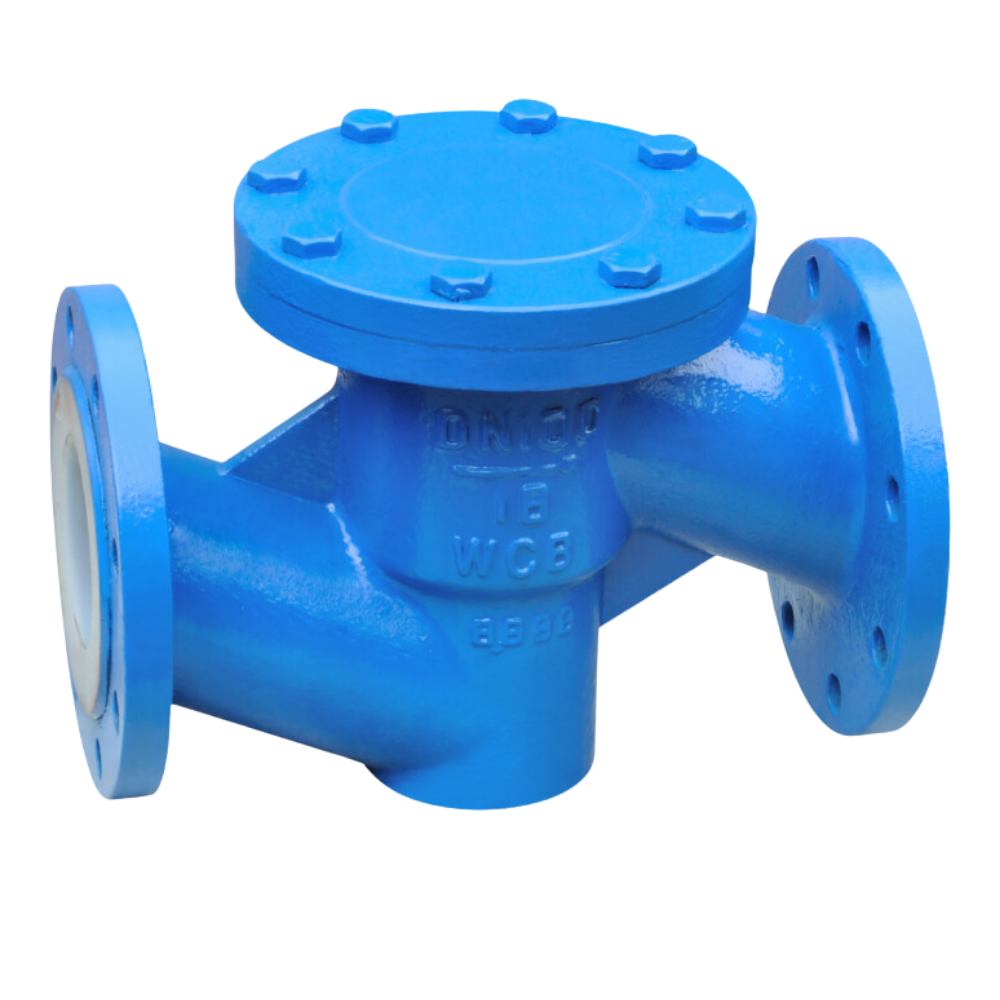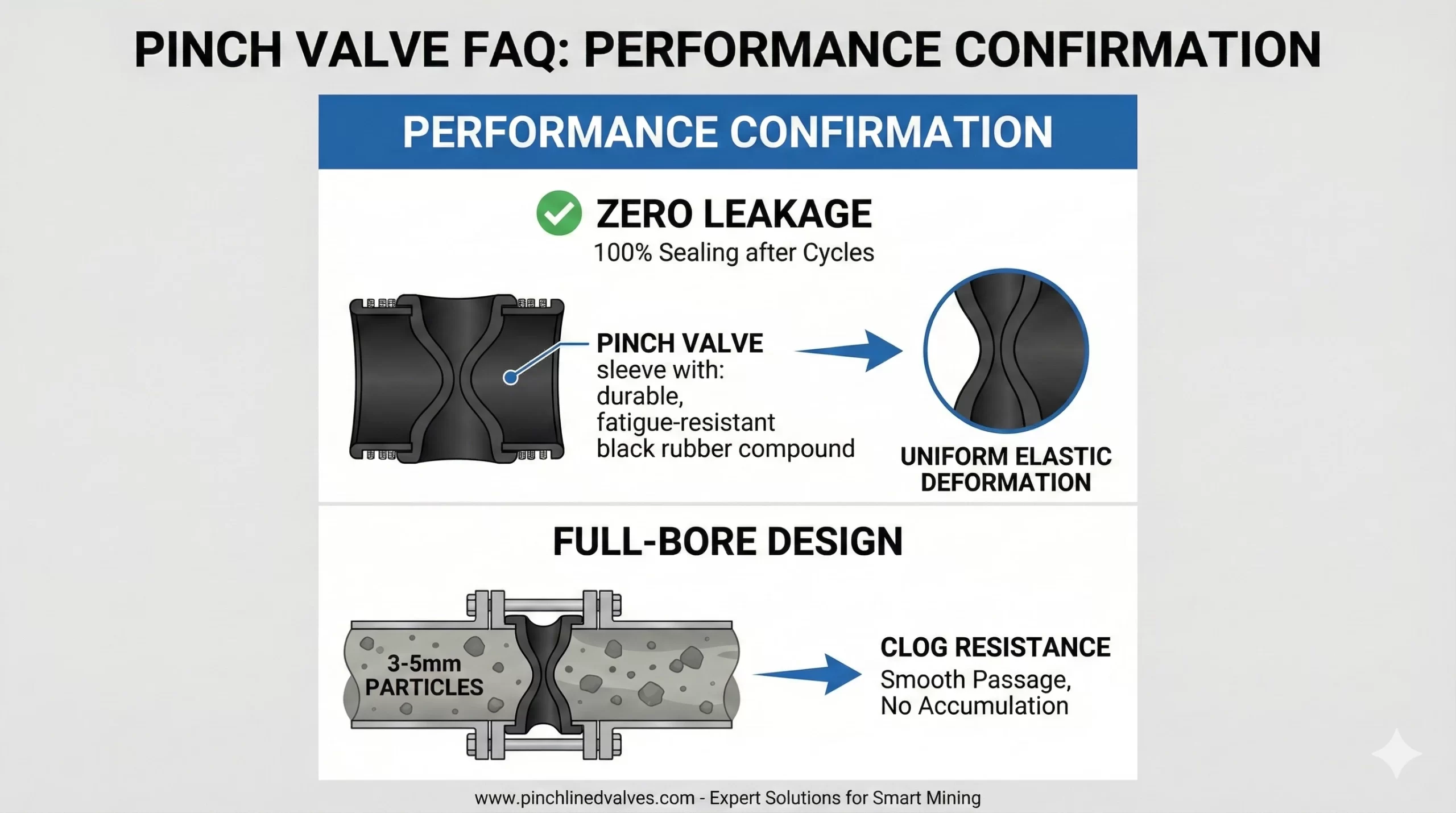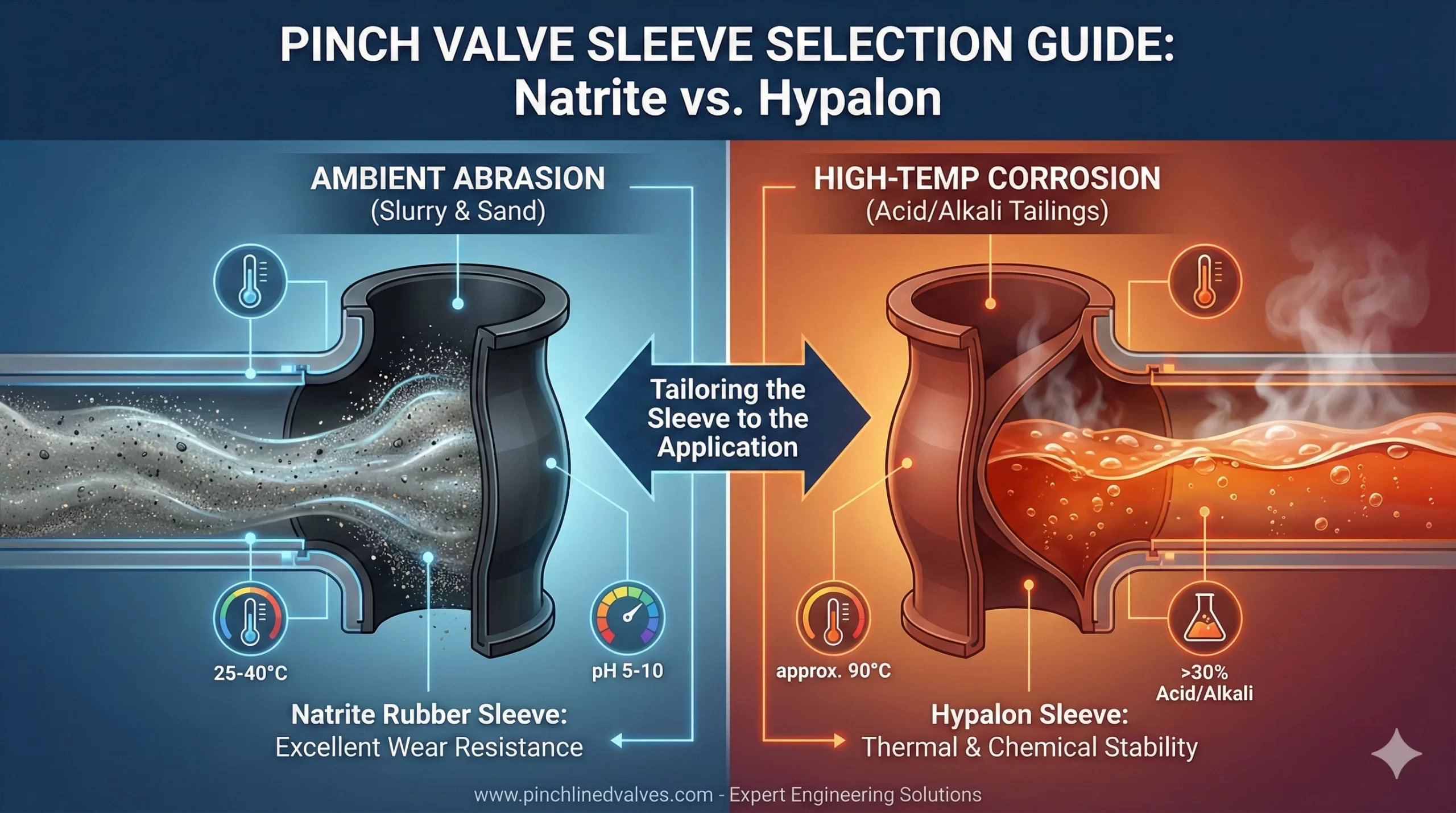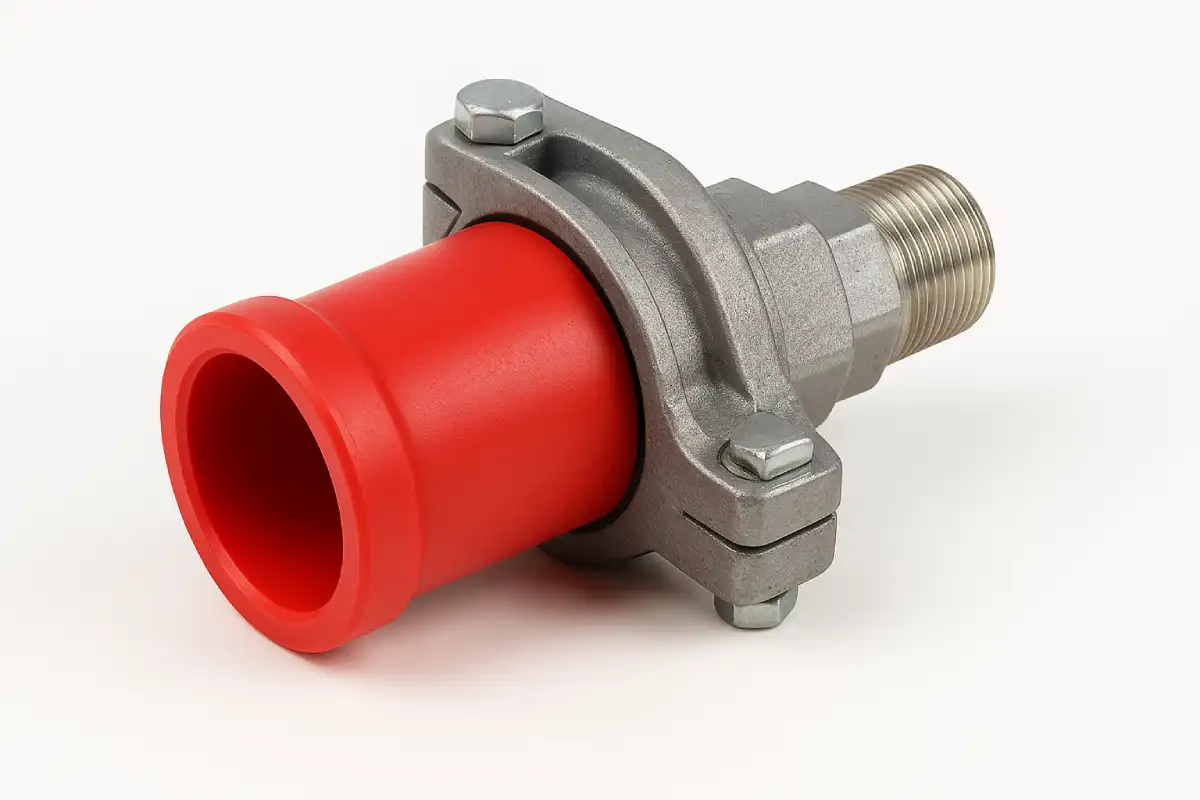

Fluorine Lined Check Valves is a type of valve to essentially control fluid flow while blocking backflow. With the fluorine lining, these valves are designed to withstand stronger chemicals like acids. This valve can be found almost everywhere — ranging from everyday applicational use to large scale operations. Continue on to find out more about Fluorine Lined Valves.

Usually valves are kept in an open position when unused. To close them, an external force has to be provided which then blocks fluid flow. But for check valves, it’s the opposite. These valves are normally closed. And then a force is applied which opens the valve. Other check valves can also work on the concept of differential pressure. A higher inlet pressure mixed with lower outlet pressure allows fluid flow.
PFA lined check valves work exactly the same way. The only difference is a layer of PTFE/fluorine which is added to the valves. In turn, this gives the valve added corrosion resistance. And so PTFE lined swing check valves are also termed chemical process valves.
PFA lined check valves are designed to allow unidirectional fluid flow. This allows for backflow prevention. But how? Most check valves open due to higher pressures at the inlet as compared to pressures at the outlet. During backflow, this balance is shifted. And as a result, pressure at the outlet exceeds pressure at the inlet. This forces the check valves to automatically close any time this happens.
Spring check valves/Piston check valves follow the same functionality as mentioned above. Spring valves are closed using a disc which opens/closes with the help of a spring. Once pressure at the inlet increases, it generates a force on the disc that’s blocking flow. This pushes the disc, in turn pushing the spring which opens the valve and allows flow. Once pressure lowers, the spring moves to the starting position and blocks flow.
PTFE Lined Swing Check Valves are closed with a flapping disc. Increased pressure at the inlet ‘swings’ the flapper open, allowing fluid flow. Once pressure decreases at the inlet, the flapper moves back to its original spot and blocks fluid flow.
With ball check valves, the only difference is that the disc which closes the valve is now replaced with a ball. Ball check valves can either include a ball which is left freely or attached to a spring. Again, as pressure rises at the inlet, it forces the ball out of position and allows fluid flow. Lowering inlet pressure allows the ball to move back and close the opening, blocking fluid flow.
Fluorine Lined Valves have the following added benefits to check valves:
PFA lined check valves are found in these applications:
Corrosion resistant check valves are PFA lined check valves found in high purity fluid systems. These check valves are lined with a layer of PFA/PTFE which increases resistance to chemical solutions.
Fluorine lined check valves prevent backflow by automatically closing when pressures change. Fluid flows through PFA lined check valves when inlet pressure is greater than outlet pressure. If this is reversed, the check valves will automatically close.
Resources:
Backflow Preventer vs. Check Valve: What’s the Difference? (qrfs.com)
Check Valve – Working Principle | Tameson.com
What is a fluorine-lined valve? How to extend the service life of it? (tanghaivalve.com)

Question 3:Performance Confirmation:Your documentation mentions “zero leakage” and “clog resistance.” We would like to confirm: After long-term operation, will repeated compression cycles cause sleeve fatigue leading to sealing failure? Is the full-bore design truly effective for slurries with larger particles (e.g., 3-5mm)? Answer 3:Confirmation of “Zero Leakage” and “Clog Resistance” Performance (1)Zero Leakage Reliability: Our […]

Material Selection:We are dealing with different working conditions: (1)Question1: Condition A: Ambient temperature (approx. 25-40°C) slurry containing fine sand, where wear resistance is the primary consideration, with weakly corrosive media (pH 5-10). Answer1:(ambient temperature, fine sand, low concentration corrosion, high wear resistance): Preferred recommendation: Natrite Rubber sleeve. Reason: The core advantage of Natrite Rubber lies in its […]

A pinch valve adapter connects a pneumatic pinch valve or manual valve to pipes, tubes, or other parts of a system. With this connector, the valve can manage liquid or gas flow without leaks or strain. It also lets the valve fit in tight or unusual setups. This reduces operational risks and improves overall performance. […]

Yes, they are. Hygienic pinch valves are specially designed to keep things clean and safe, which is why they’re so common in food, pharmaceutical, and biotech environments. Their smooth interior and dead-zone-free design make cleaning quick and reliable. And if the term is new to you, don’t worry, this article will walk you through what […]



